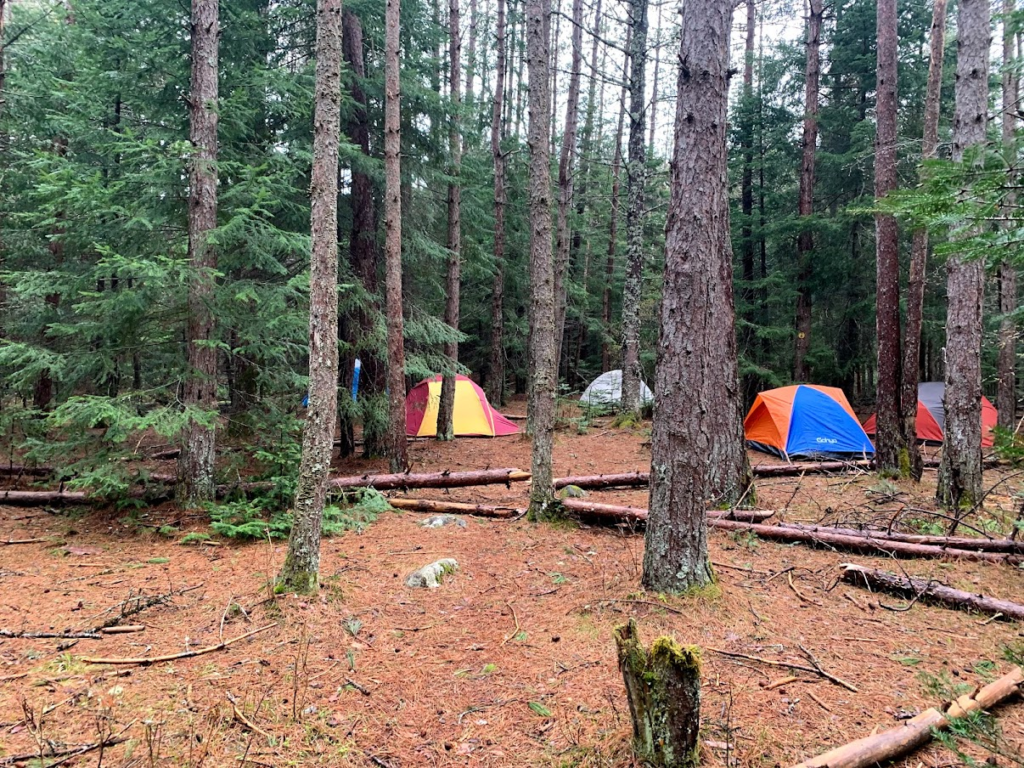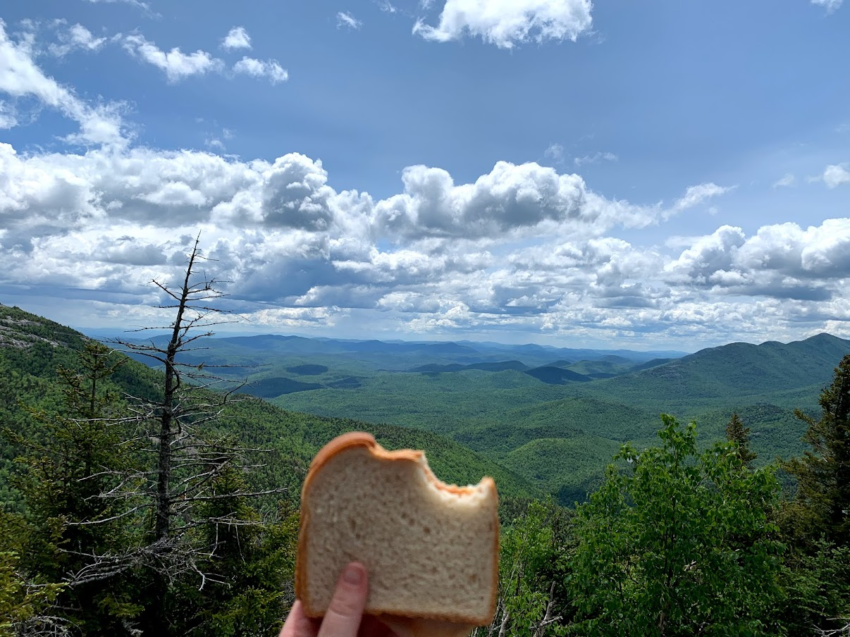
Are you planning a trip to a national park? Exploring these natural wonders can be an incredible experience, but it’s important to be prepared to make the most of your adventure. Each of our 63 Nationals parks are different, but these 14 tips that will help you have an unforgettable visit to wherever your adventure takes you:
1. Select the Right Time to Visit
Picking the right time of year to visit can have a major impact on your trip. Park crowds fluctuate during different seasons of the year. Some parks are beautiful in the winter, others can be dangerous. Others get extremely hot in the summer, like Death Valley National Park. Some parks, like Mammoth Cave National Park are generally the same all year round (since the caves stay relatively the same temperature! )

Before booking your trip be sure to check the National Park website that describes the temperatures and condition of your desired park throughout the seasons. It will save on disappointment if roads or trails are closed!
In Acadia Nation Park, certain popular trails are closed during Peregrine Falcon Nesting season. It can be a huge let down if you get there and were planning on taking that hike! (But important for the Peregrine Falcons! 🙂 )
2. Check for Permits
Many parks now use permits to regulate crowds and protect sensitive areas of the Parks. Special Use Permits are Required for events like weddings or memorial services. A few National Parks require reservations to enter the park, and others require permits to hike specific trails. Many permits are on a lottery system, or they open batches at a time for visitors to reserve for a small fee.
Make sure you look as early as possible so that you don’t miss the window! If you do miss the early reservation window, I would recommend calling the park office. They may offer day-of passes due to no shows or have a day-of release of tickets as well!
3. Research the Weather
When planning a visit to any national park, it’s crucial to research the weather conditions beforehand. Knowing what to expect will help you pack appropriately and make necessary adjustments to your itinerary.
Weather in national parks can vary greatly depending on the season and location. Some parks experience extreme temperatures, while others have more temperate climates throughout the year. By understanding the weather patterns, you can ensure that you have the right clothing and gear to stay comfortable and safe during your visit.
Keep in mind that even in milder climates, weather conditions can change quickly, so it’s a good idea to be prepared for unexpected changes. Layer your clothing to easily adjust to temperature fluctuations and bring a waterproof jacket or poncho in case of rain. Be aware of any weather alerts or warnings issued by the park authorities and follow their guidance for your own safety.

It’s also important to check for any closures or trail restrictions due to inclement weather. Some trails may be impassable or dangerous during certain conditions, and it’s best to stay informed to avoid any potential risks.
4. Book your Accommodations Early
When planning a visit to a national park, it’s important to choose your accommodations early. Popular parks can have limited lodging options and they fill up quickly, especially during peak seasons. Some are so popular reservations are by lottery only!
By booking your accommodations in advance, you can ensure that you have a comfortable place to stay during your visit.

There are various types of accommodations available near national parks, ranging from hotels and lodges to campgrounds and cabins. The type of accommodation you choose will depend on your preferences and the level of comfort you desire. (Phantom Ranch in Grand Canyon National Park is on my Bucket List!)
No matter what type of accommodation you choose, be sure to book early to secure your spot. Many national parks have a limited number of accommodations available, so it’s best to plan ahead.
5. Research Transportation
In addition to choosing your accommodations early, it’s also a good idea to familiarize yourself with the park’s location and transportation options. Some national parks have shuttle systems that can take you to different parts of the park, while others may require you to have your own transportation. Understanding the logistics of getting around the park will help you make the most of your visit.
If you are bringing your own car, keep in mind where you will be taking your vehicle. In some parks, you may want to travel on unpaved roads, or in snowy conditions where an SUV may be necessary.
My top tip on cars, make sure you have gas!! Places to fill up can be sparse in the park, and I have seen quite a few cars pulled over waiting for someone to bring them a gas can!
6. Pick your favorite hikes
One of the highlights of visiting a national park is exploring the beautiful hiking trails. Before your trip, take the time to research and choose your favorite hikes based on your fitness level and interests.
Each park offers a variety of trails, ranging from easy strolls to challenging treks. Consider the length, difficulty, and scenery of the hikes to find the ones that best suit your preferences. Whether you prefer breathtaking panoramic views, serene waterfalls, or up-close encounters with wildlife, there is a hike for everyone. Take note of any special requirements or permits needed for certain trails and make sure to plan accordingly.
Remember to pack appropriate gear such as sturdy hiking shoes, a comfortable backpack, and a trail map.

7. Pack Snacks and Stay Hydrated!

Having food and water when hiking is essential. In remote areas of the park, you may not have easy access to places to grab lunch or something to drink. We usually keep a few jugs of water in the car and refill our bottles throughout the day. Always bring more water than you think is necessary! Snacks are never a bad idea, even on shorter trails. It is better to have them, than to need them!
8. Know the emergency numbers
Before you set out on any trails, write down the emergency numbers specific to the park you plan to visit. While national parks are magical places, it is essential to be prepared for any emergencies that may arise. Even the most experienced hikers can be caught in a dangerous situation or encounter an accident.


Please keep in mind, that adhering to park regulations, staying on designated trails, and respecting wildlife will ensure a positive experience for everyone and prevent many emergencies.
9. Stop at the visitors center first!
Some Visitor Centers are larger than others and have more to offer. For example, the Badlands National Park visitor center has displays and exhibits to explore, as does Mammoth Cave National Park. The Acadia National Park Hulls Cove Visitor Center is a little more barebones with less excitement.
One thing is certain at every visitor center though, the Park rangers are knowledgeable and passionate about the their park! Seek their guidance for insider tips and information about the area. The park rangers will know what trail are closed, current conditions of the park, and sometimes what wildlife has been spotted recently and the best places to view them! Ask when Ranger led programs will occur and where! Sign up for tours! Even if it is a bit out of the way, it is always a good idea to stop by the Visitor Center at the start of your trip.
10. Participate in the Junior Ranger Program!
The Junior Ranger Program exists in almost all National Parks across the United States. It is a wonderful program designed to engage and educate young visitors about the different ecosystems in our parks and the importance of environmental conservation.
When participating in the Junior Ranger Program, you are provided with an activity booklet tailored to the park you are in. Many parks have different packets for different grade/age levels so that all children can participate. The activities inside vary from nature scavenger hunts and wildlife observation to attending a Ranger Program in one of the parks. My family has always had fun completing these packets and collecting the different patches at each park!
11. Consider an America the Beautiful Pass
Entrance fees for National Parks can add up. If you will be exiting and entering the park a bunch, or plan to travel to multiple parks in the same trip/year, the America the Beautiful Pass may save you a bit of money.
The America the Beautiful Pass costs $80 annually and is available to purchase from the online USGS store, or in person at some federal sites or retail stores like REI!

Check out this flow chart to see what pass is right for you! Your group may even get in for free if you have a fourth grader on board, or a military family member.
Check out the NPS website here for more info on passes!
12. Explore beyond the Main Attraction!

The National parks can get crowded with visitors coming to enjoy nature just like you will. It can be frustrating when roads are congested, popular trails have long queues, and parking lots are full. These situations can add extra stress and take away from the tranquility of your trip. Instead of exclusively sticking to the most popular trails, consider exploring lesser-known ones. Not only will you find solitude and a sense of calm, but you may also stumble upon hidden gems and have the opportunity to spot wildlife that tends to avoid heavily crowded areas of the park.
13. Bring the right gear!
Earlier, I emphasized the need to layer to be ready for any weather. I would always recommend plenty of sunscreen, bug spray, water shoes, and a good pair of hiking boots. Depending on your type of adventure, more technical gear may be required.
In some parks it is a good idea to invest in a bear bell, or even bear cannister if you will be camping out!
Be sure not to pack your backpack too heavily, you don’t want it to weigh you down or throw you off balance on hikes like this one in Shenandoah National Park!

14. Have fun!

On any trip, there are bound to be hiccups. Don’t let bad weather or crowds get you down. As you embark on your next journey, remember to embrace the unexpected, savor every moment, and seize the opportunity to create lasting memories in some of the most beautiful parks in the world!
Well, those are my top 14 tips to ensure a great adventure! This advice also applies to all of the historic sites, memorials, beaches, and shores in the U.S.! What would you add to this list? Let me know in the comments, and thanks for reading!

